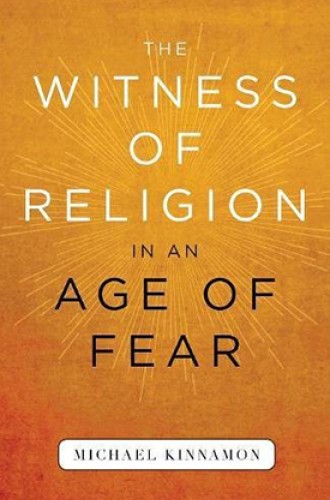Here’s a small book that deftly deals with large truth. Ecumenist and seminary dean Michael Kinnamon has succeeded in writing a concise, readable book that shows that fear, “when it becomes excessive or misdirected, is itself dangerous.” The stated purpose of the book: “to move all of us to action.”
Kinnamon says that Americans live in an age of fear. Through millions of years of adaptation, humans are beneficially hardwired to survive with the help of neurological mechanisms of fear. However, in the present age, fears have gotten out of hand. Otherwise normal, essential fearfulness has ballooned out of proportion. It’s the nature of fear to take over our limbic systems, to force us into quick, defensive response. As fear takes over the human brain, it impairs our capacity to assess the magnitude of the threat, weigh alternatives, and make good decisions. As Martin Luther King Jr. said, “Normal fear protects us; abnormal fear paralyzes us.”
In the present moment our fearfulness is whipped up by fearmongers like Donald Trump and the NRA’s Wayne LaPierre for their political and financial gain. Many of our overwhelming fears (like death by terrorists) make little sense when compared with the actual threats that we face (from smoking and auto accidents). People my age are most fearful of being victims of crime, though we are the least likely to be harmed by a criminal. Americans are more fearful than people in nations where the chances of violent death or a short life are higher than here.






